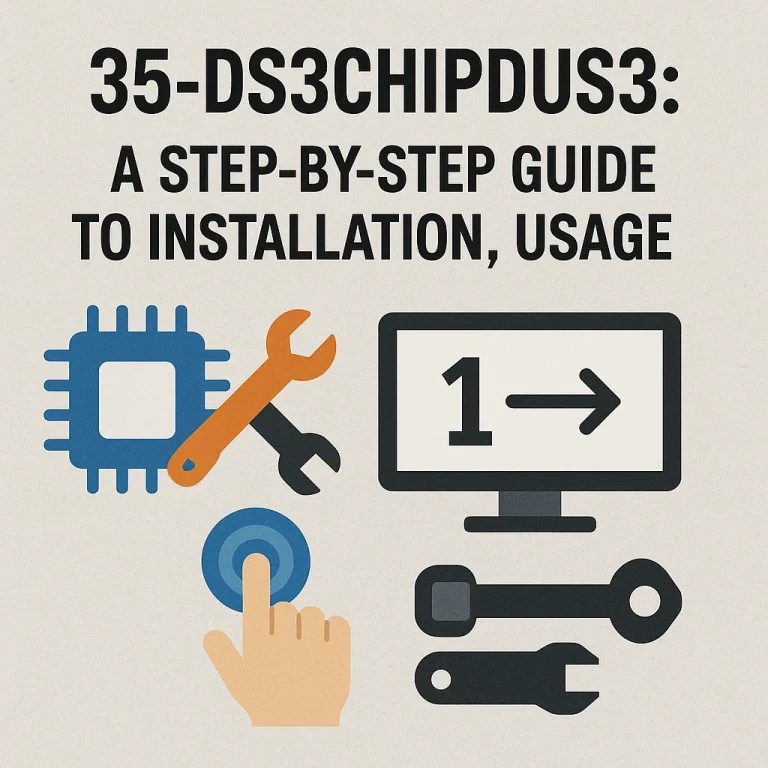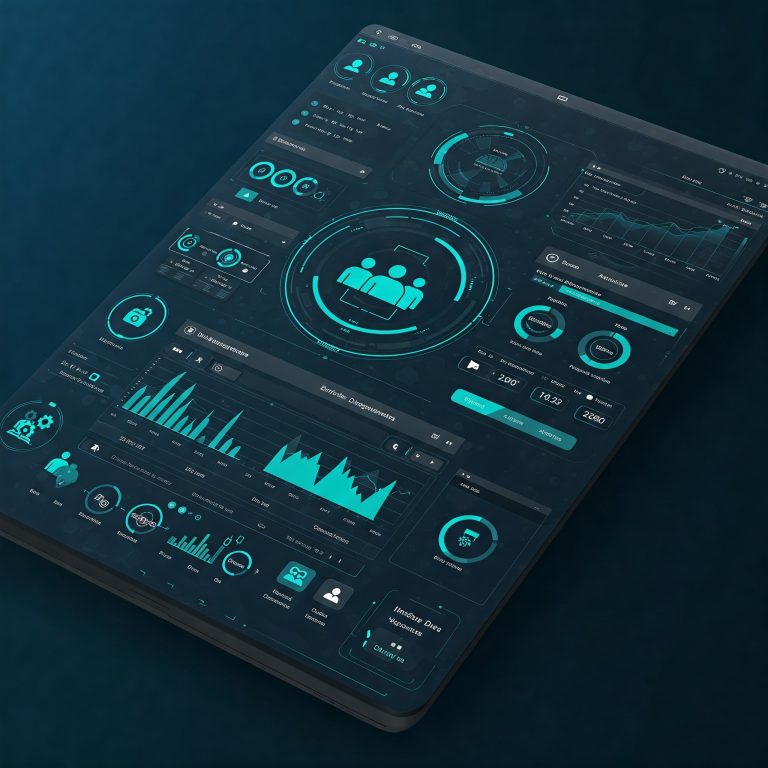Warning About Bitesolgemokz: Cyber Threat Alert
What Is Bitesolgemokz? Breaking Down the Threat
Bitesolgemokz is not a single type of attack but rather an umbrella term for a cluster of cybercriminal activities observed in recent months. These activities include:
- Phishing campaigns disguised as trusted entities (banks, government agencies, or tech companies).
- Malware distribution through fake software updates, pirated tools, or malicious attachments.
- Social media scams involving fake profiles, fraudulent investment schemes, or counterfeit product sales.
Unlike traditional scams, Bitesolgemokz employs polymorphic malware—malware that constantly changes its code to evade detection—and leverages AI tools to craft convincing fake messages. Early reports suggest it primarily targets individuals but has also breached small businesses via compromised employee accounts.
How Bitesolgemokz Operates: Tactics and Techniques
To understand how to defend against Bitesolgemokz, it’s crucial to dissect its methods:
1. Advanced Phishing
Scammers use “spoofed” emails or SMS messages that mimic legitimate organizations. For example:
- A fake “Apple Support” email warning of a compromised iCloud account.
- A text claiming to be from a delivery service with a malicious tracking link.
These messages often include urgent language to pressure victims into acting quickly.
2. Malware Delivery
Bitesolgemokz frequently distributes malware through:
- Trojanized Apps: Fake mobile apps (e.g., VPNs, games) that steal data.
- Drive-by Downloads: Malware automatically downloaded when visiting compromised websites.
- Malvertising: Infected ads on legitimate sites redirect users to malicious pages.
Once installed, malware can log keystrokes, hijack webcams, or encrypt files for ransom.
3. Social Engineering
Attackers exploit human psychology by:
- Impersonating trusted contacts (e.g., a “colleague” asking for sensitive data).
- Creating fake social media profiles to build trust before initiating scams.
- Using deepfake audio or video to impersonate executives or family members.
Why Bitesolgemokz Poses a Significant Risk
The sophistication of Bitesolgemokz makes it particularly dangerous:
- Financial Fraud: Stolen credit card details or bank logins can lead to drained accounts.
- Identity Theft: With enough personal data, criminals can apply for loans or commit tax fraud.
- Corporate Espionage: Breached business accounts may expose trade secrets or client databases.
- Permanent Data Loss: Ransomware attacks can destroy files if victims refuse to pay.
A 2023 study by Cybersecurity Ventures estimated that global cybercrime costs will reach $10.5 trillion annually by 2025—threats like Bitesolgemokz contribute heavily to this figure.
How to Spot Bitesolgemokz Attacks: Red Flags
Stay vigilant by watching for these indicators:
1. Unusual Requests
Legitimate organizations will never ask for sensitive information via email or text. Be wary of:
- “Verify your account” prompts.
- Requests for cryptocurrency payments.
- Offers to “claim a refund” by clicking a link.
2. Technical Anomalies
- Domain Spoofing: Check URLs carefully. bitesolgemokz-security.com might mimic security-bitesolgemokz.com.
- Poor Grammar: Many scams contain spelling errors or awkward phrasing.
- Unsecured Sites: Look for “HTTPS” and a padlock icon in the browser bar.
3. Behavioral Red Flags
- Pressure to act immediately (e.g., “Your account expires in 24 hours!”).
- Unsolicited tech support calls claiming your device is “infected.”
Protecting Yourself: A Step-by-Step Defense Plan
1. Strengthen Your Digital Hygiene
- Use a password manager to create and store complex, unique passwords.
- Enable two-factor authentication (2FA) on all critical accounts (email, banking, social media).
- Regularly update operating systems, apps, and antivirus software.
2. Adopt Advanced Security Tools
- Install reputable antivirus software with real-time scanning (e.g., Bitdefender, Malwarebytes).
- Use a VPN to encrypt internet traffic, especially on public Wi-Fi.
- Enable email filtering tools to block phishing attempts.
3. Educate Yourself and Others
- Train family or employees to recognize phishing attempts (simulated exercises help).
- Follow cybersecurity blogs or podcasts for updates on emerging threats like Bitesolgemokz.
4. Secure Your Financial Accounts
- Set up transaction alerts for unusual activity.
- Use virtual credit cards for online purchases to limit exposure.
Real-World Impact: Case Studies
To illustrate Bitesolgemokz’s potential harm, consider these incidents:
- Case 1: In early 2023, a fake “Windows 11 Upgrade” pop-up infected thousands of devices with ransomware, demanding $500 in Bitcoin for file decryption.
- Case 2: A fraudulent LinkedIn job offer led to a corporate data breach after an employee downloaded malware disguised as a “training manual.”
- Case 3: A cloned e-commerce site sold counterfeit electronics, harvesting credit card details from over 5,000 shoppers.
What to Do If You’re Targeted
- Isolate the Device: Disconnect from the internet to halt data transmission.
- Scan for Threats: Use antivirus software to identify and remove malware.
- Reset Credentials: Change passwords for all affected accounts.
- Report the Incident:
- File a complaint with the FBI’s IC3 (U.S.) or your national cybercrime agency.
- Notify your bank to flag suspicious transactions.
- Monitor for Long-Term Risks: Check credit reports for signs of identity theft.
Final Thoughts: Staying Ahead of Cybercriminals
Bitesolgemokz underscores the importance of proactive cybersecurity. By combining technology, education, and skepticism, you can minimize risks. Share this guide to help others stay informed—and remember, in the digital world, caution is your greatest ally.
Read More : what is xovfullmins , tizavuhovhulo
FAQs: Your Top Questions Answered
1. Can Bitesolgemokz bypass antivirus software?
While some polymorphic malware can evade detection temporarily, updated antivirus tools with heuristic analysis are highly effective. Always keep your software patched.
2. Are children or elderly users more vulnerable?
Yes. These groups are often targeted due to lower tech literacy. Use parental controls and educate them about suspicious links.
3. How do I report a Bitesolgemokz scam?
Forward phishing emails to [email protected] (U.S.) or your email provider. For financial fraud, contact your bank and local law enforcement.
Read Also :







